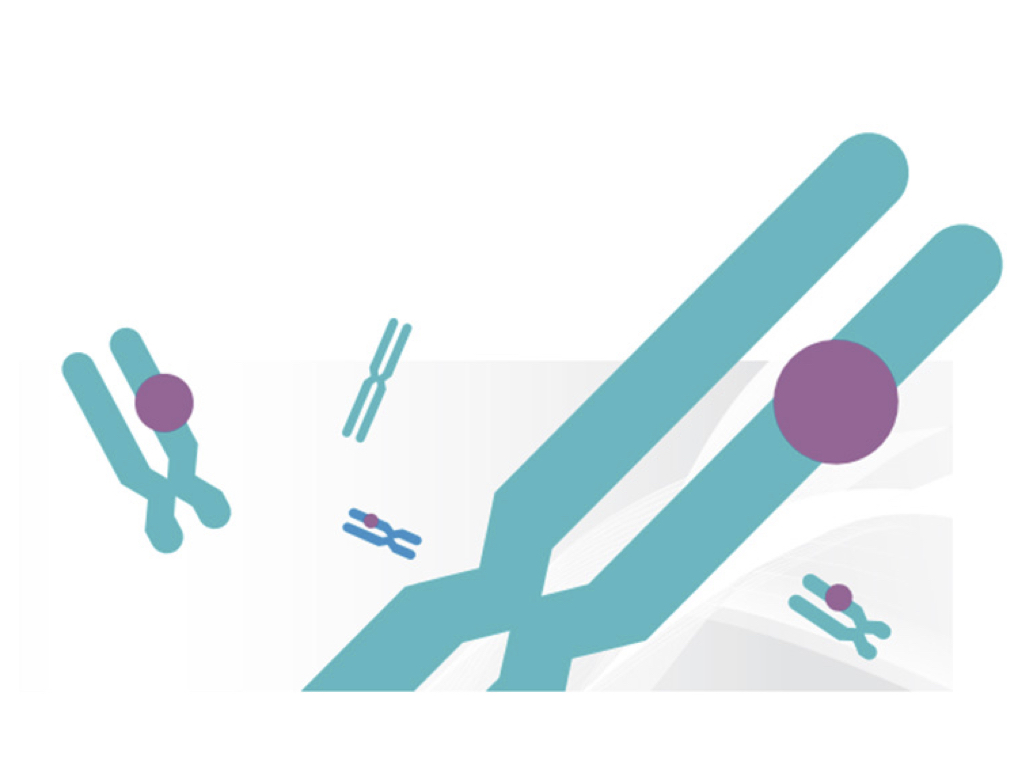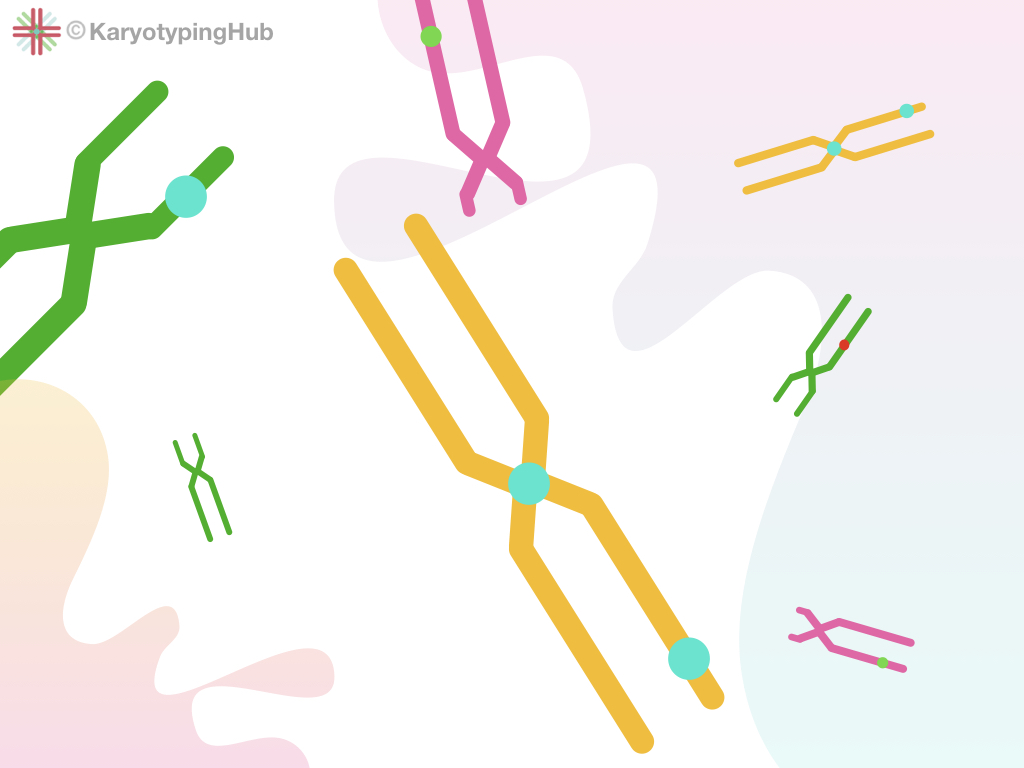Talk of the topic: information regarding the present website, the aim of preparing this website, objectives, and how it is helpful to you. A general overview of cytogenetics, karyotype, and karyotyping.
DNA is a basis of our life made up of sugar, phosphate, and nitrogenous bases, we all know that. It interacts with proteins to set into the cell nucleus and the structure is known as chromosomes to us.
In order to understand various aspects of chromosomes and their roles in the development of the disease, we have to study it. The whole process of studying chromosomes is usually known as a ‘process of karyotyping.’
All the processes and methods to study chromosomes are included under cytogenetic studies and are different from the DNA studies. The present website or blog is focused majorly on the cytogenetic technique, karyotyping, and karyotypes.
A karyotype is an organism’s whole set of chromosomes arranged chronologically.
Unlike, other molecular genetic analysis techniques, the cytogenetic analysis or karyotype preparation is totally a different thing.
We need to understand theoretically and practically the structural properties of each and every chromosome in order to arrange them properly.
We can’t prepare a karyotype until we learn how to identify chromosomes. Every chromosome has a different shape, size, and genetic composition. For example, chromosome number 1 is larger metacentric- centromere is in the middle and has three distinct DNA bands on it. All set of chromosomes are different, likewise.
On this website, we will teach you to identify every chromosome, its structure, and how to arrange them with our demonstrations. We will also give you valuable tips and tricks which help experts to do well.
Moreover, we will also cover some article which definitely helps novice and newbies.
On this website, every article will be different and valuable. You can feel the touch of our experts in every piece of information. Our experts, including me, have a huge experience in cytogenetics as well as molecular genetics.
We have expertise in karyotyping, cytogenetics, culturing, PCR, DNA sequencing, DNA microarray, DNA testing, DNA fingerprinting, FISH and other traditional methods.
The objective of our website is to give you valuable information on how you can do karyotyping by yourself and how you can master those skills.
We know that everything is now semi-automated or automated, especially in genetics, but trust me for encountering various chromosomal anomalies like trisomies, disomy and other structural chromosomal anomalies, karyotyping is an unmatched option.
We also know that the method is traditional, but it is valuable. When you will complete your studies and get entered into some corporate, you will understand the importance of what you have learned from this website.
Cytogenetic techniques are a bit scary and tedious, but trust me, we will teach you in a manner that you will definitely enjoy it.
Doing karyotyping by yourself or with your friends is fun. We also give you some fun assignments and karyotyping activities which really makes you interested in the present topics.
On this website, we have given several articles on some basic pieces of information related to DNA, chromosome, and cytogenetics, obviously, these articles are for beginners.
While various karyotyping methods using samples like blood, tissue, fluids, amniotic fluid, chorionic villi, and other bodily samples are included in another set of articles which is exclusively for experts.
Furthermore, staining and various bandings techniques like G-banding, R-banding, NOR-banding, C-banding and T-banding with their standardized protocols are included in this website.
Insight and comprehensive overview of FISH and microarray like advance karyotyping alternatives are also covered here. Lastly, the website is full of karyotypes, karyotyping images and various other pictures that are not available on other portals.
All articles, pictures, protocols, and other information are our own work.
Quick recap:
As we said karyotype is to arrange every chromosome correctly. For that, we have to go a long way.
First, we need to collect a sample followed by cell culture. After that Cells are harvested and treated using the hypotonic solution. G-staining has performed soon afterward. The slide has to analyzed under the microscope and the best metaphase fields are captured.
After that the photograph is taken and every chromosome are arranged based on their size, shape, and class. This is the brief overview, we will explain every step in detail in upcoming articles on this.
Objectives:
Our specific objectives to design this site are:
To make students understand karyotyping
To teach students how to do karyotyping
To teach students and other researchers how to prepare a karyogram or karyotype
To give practical knowledge to students on how to identify chromosomes correctly.
To provide information for finding various chromosomal abnormalities related to chromosomes.
Enjoy the valuable informations on karyotyping.



